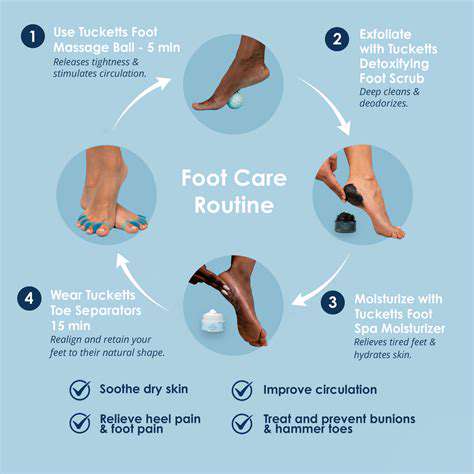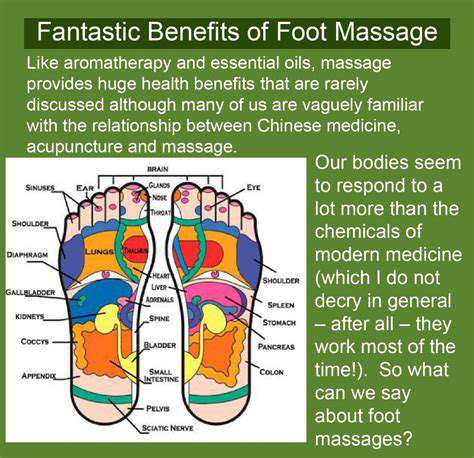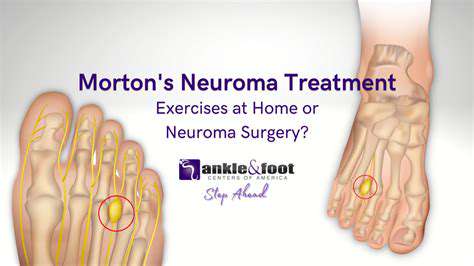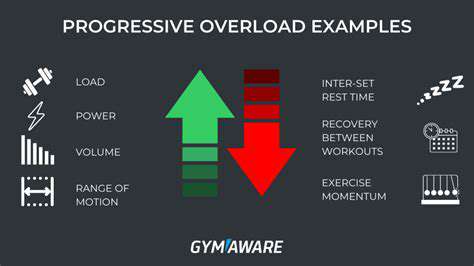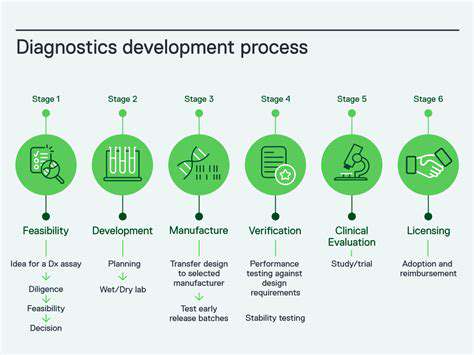Carpal Tunnel Syndrome: Symptoms and Solutions
What is Carpal Tunnel Syndrome?
What Causes Carpal Tunnel Syndrome?
Carpal tunnel syndrome (CTS) arises from compression of the median nerve, which runs through a narrow passageway in the wrist called the carpal tunnel. This compression can be caused by a variety of factors, including repetitive hand movements, such as typing or using a mouse for extended periods. Inflammation of the tendons and surrounding tissues within the carpal tunnel can also contribute to the narrowing of the space, leading to pressure on the median nerve. Additionally, certain medical conditions, like rheumatoid arthritis or hypothyroidism, can increase the risk of developing CTS.
Other contributing factors may include fluid retention, pregnancy, or certain types of wrist fractures. The exact cause isn't always immediately apparent, but identifying the potential contributing factors can help in developing effective treatment strategies. Understanding the underlying causes is crucial for managing and potentially preventing future episodes of CTS.
Symptoms of Carpal Tunnel Syndrome
Recognizing the symptoms of carpal tunnel syndrome is crucial for early diagnosis and treatment. Common symptoms include numbness, tingling, and pain in the hand and fingers, particularly the thumb, index, middle, and ring fingers. These symptoms often worsen at night, disrupting sleep, and may be accompanied by a feeling of weakness or clumsiness in the hand. People experiencing these symptoms should seek medical attention for proper diagnosis and treatment options.
The symptoms can vary from person to person, and some individuals might experience more severe symptoms than others. It's important to note that the symptoms might not always be constant and can come and go. This variability can sometimes make diagnosis challenging, so it's vital to keep a detailed record of the symptoms and when they occur.
Treatment Options for Carpal Tunnel Syndrome
Treatment options for carpal tunnel syndrome (CTS) range from conservative measures to more invasive procedures, depending on the severity of the condition and individual response. Conservative approaches often include wrist splints to maintain a neutral wrist position, which can help reduce pressure on the median nerve. Over-the-counter pain relievers and anti-inflammatory medications can also help manage pain and inflammation. In some cases, occupational therapy may be recommended to modify work-related activities that exacerbate symptoms.
For more severe cases or those that don't respond to conservative treatments, corticosteroid injections directly into the carpal tunnel may be considered. Surgery, known as carpal tunnel release, is a definitive treatment option that involves cutting the transverse carpal ligament to relieve pressure on the median nerve. The choice of treatment will be determined by a healthcare professional after careful evaluation of the patient's specific situation.
Recognizing the Telltale Symptoms of CTS

Early Warning Signs
Identifying the initial symptoms of a potential health issue is crucial for timely intervention and effective treatment. Early detection often leads to better outcomes and reduced severity of the condition. Understanding the subtle changes in your body, such as fatigue, persistent headaches, or unusual skin rashes, is essential for recognizing potential problems early on. Pay close attention to any changes that deviate from your typical well-being. These subtle indicators might be the first signs of a developing condition.
Many conditions manifest with non-specific symptoms initially, making it challenging to pinpoint the exact problem. However, maintaining awareness of unusual or persistent symptoms is paramount. Tracking these indicators in a journal can be helpful for recognizing patterns and alerting your healthcare provider to potential concerns. This proactive approach can significantly increase your chances of receiving an accurate diagnosis and appropriate treatment.
Physical Manifestations
Physical symptoms can range from mild discomfort to severe pain, depending on the underlying cause. Recognizing these physical manifestations is crucial for understanding the nature of the condition and seeking appropriate medical attention. For example, persistent chest pain could signal a heart issue, while joint pain might indicate an inflammatory condition. Changes in bowel or bladder habits can also be important indicators of underlying problems.
Certain physical symptoms, while seemingly minor, can be indicative of more serious conditions. Swelling, redness, or unusual discharges from any part of the body should always be investigated. These physical cues, even if seemingly insignificant, could be early warning signs of a more complex problem. Never ignore any unexplained physical changes, and consult a healthcare professional promptly.
Behavioral Changes
Beyond physical symptoms, subtle behavioral changes can also signal underlying health issues. Fatigue, irritability, or difficulty concentrating can be warning signs of various conditions, from depression to nutritional deficiencies. Monitoring your emotional and mental well-being is as important as tracking your physical health. These behavioral indicators, when consistently observed, warrant attention and investigation by a healthcare professional. Pay attention to any unusual mood swings or changes in sleep patterns, as these can be early indicators of a potential problem.
Changes in appetite, either an increase or decrease, can also be an important indicator. Similarly, changes in your sleep patterns, such as insomnia or excessive sleepiness, can be linked to various medical conditions. These behavioral cues, although not always obvious, often provide important clues about potential underlying health concerns. Keeping a log of your daily activities and moods can help you identify patterns and potentially uncover underlying issues.
Psychological Indicators
Psychological indicators, such as anxiety, depression, or changes in personality, can also be telltale signs of underlying health issues. Chronic stress, for example, can manifest in various psychological ways and may be indicative of a deeper problem. Emotional distress should never be ignored, and seeking professional help is crucial for addressing potential mental health concerns. Many physical conditions can also manifest psychologically, so it's important to be aware of this correlation.
Persistent feelings of sadness, hopelessness, or worthlessness can be warning signs of depression. Similarly, excessive worry, fear, or panic attacks can indicate anxiety disorders. These psychological symptoms, when persistent or interfering with daily life, should be addressed by a qualified healthcare professional.
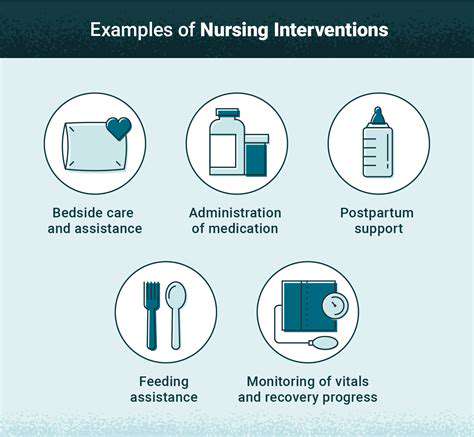
Read more about Carpal Tunnel Syndrome: Symptoms and Solutions
Hot Recommendations
- The Impact of the Digital Age on Hand Function
- The Role of Hands in Agricultural Innovation
- The Impact of Technology on Hand Artistry
- The Importance of Hand Care for Artists
- How Hand Control Enhances Robotic Surgery
- The Impact of Hand Strength on Physical Labor
- How Handwriting Influences Cognitive Development
- The Impact of Environmental Factors on Hand Health
- The Power of Hands in Building Community
- The Importance of Ergonomics in Hand Health
